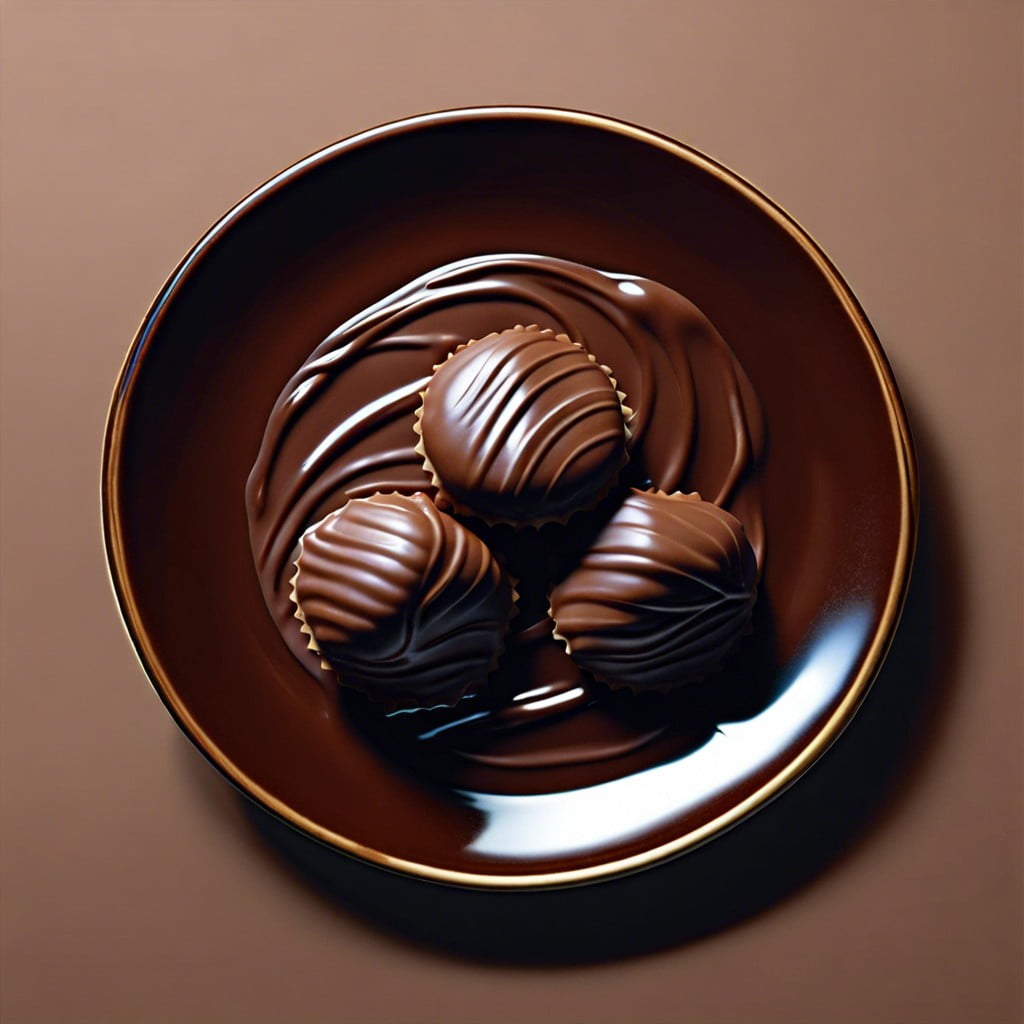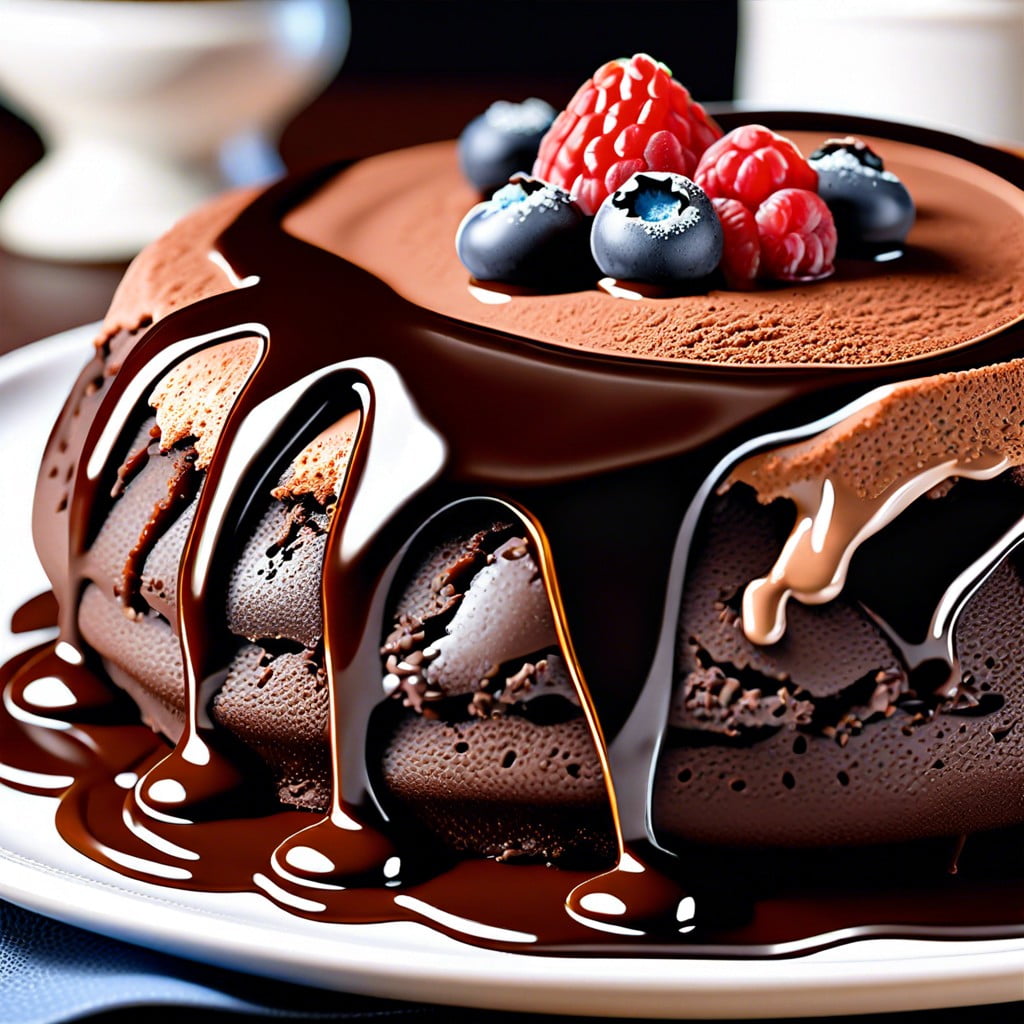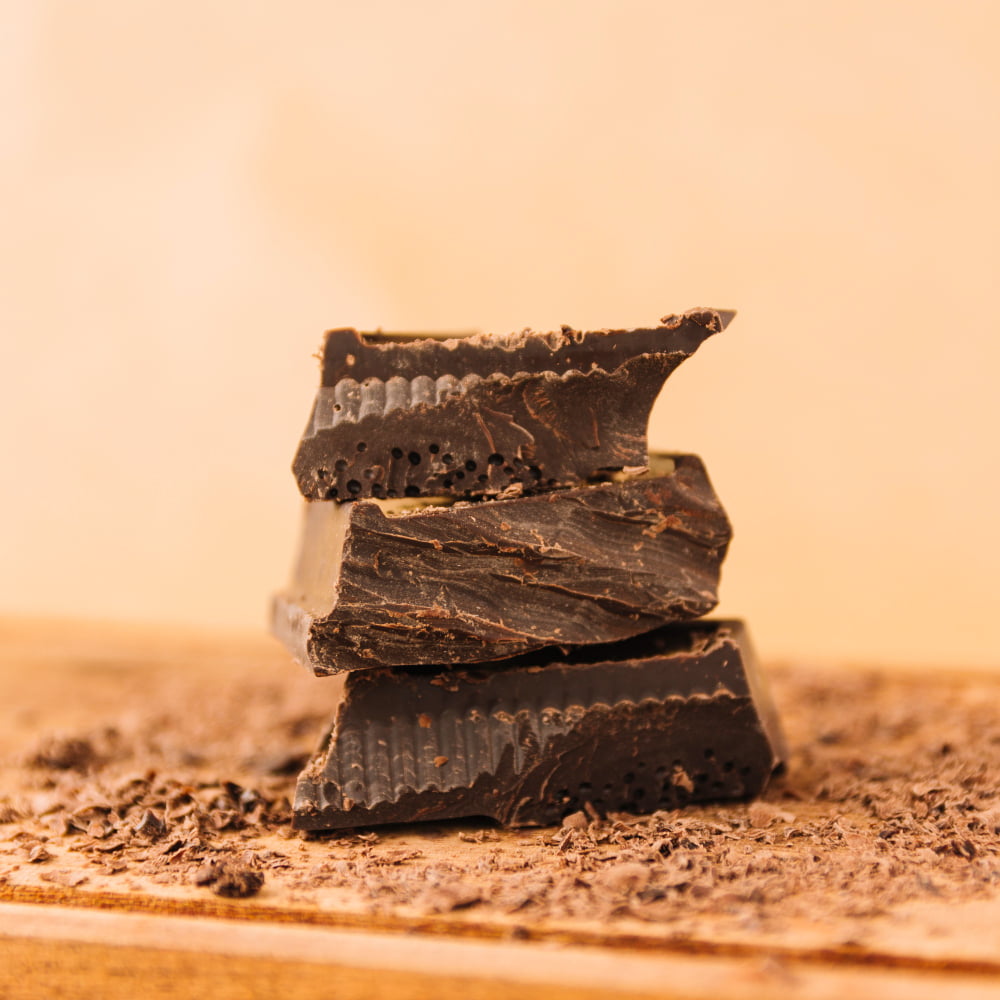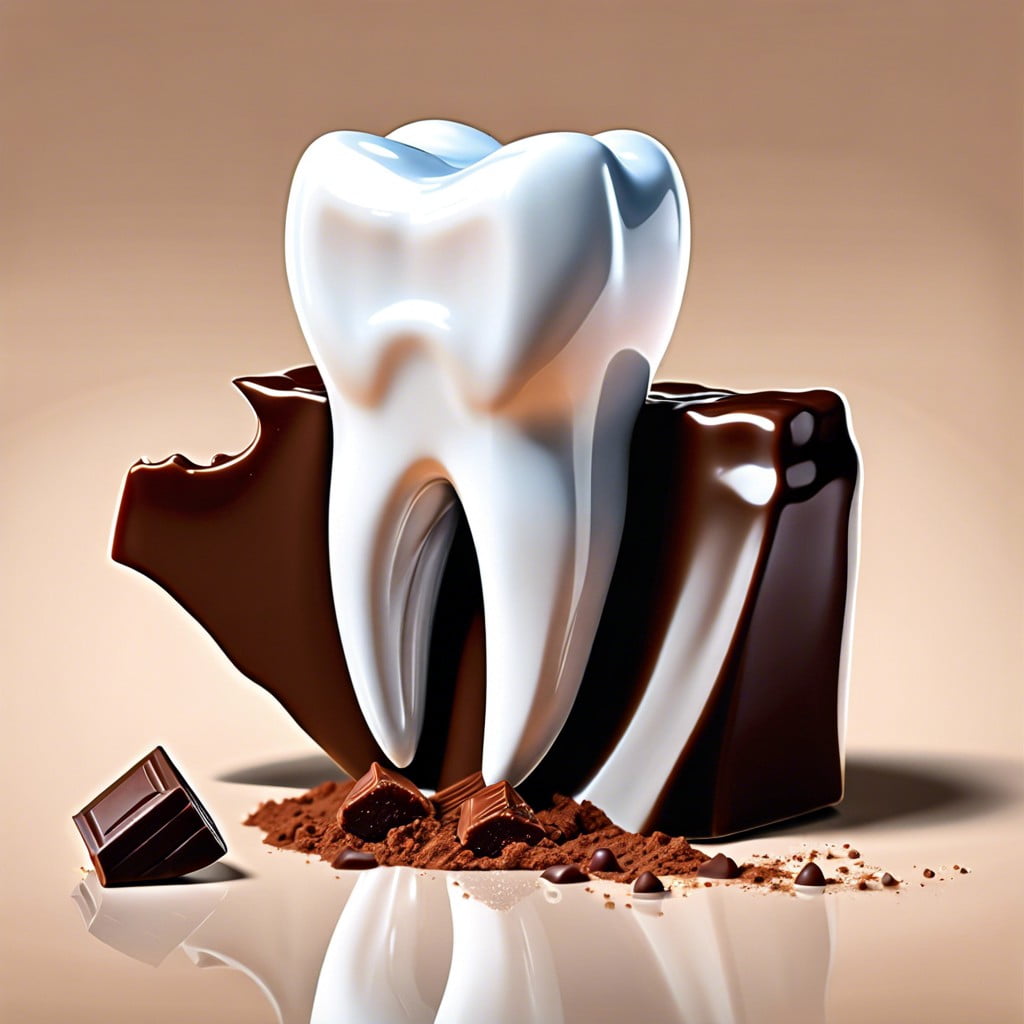Discover the unique flavor profile of ruby chocolate and what makes it distinct from other types of chocolate.
Key takeaways:
- Ruby chocolate offers a unique taste between berry-fruity and subtly sour.
- It stands out with its pink hue and has a distinct flavor without added flavors or colorants.
- Consumer reactions and market reception were mixed initially, but it gained popularity with effective marketing.
- Ruby chocolate has potential for various culinary applications and may revolutionize the confectionery industry.
- It could lead to themed products and chocolate-dedicated cafes in the future.
Inside
Expert Opinions On the Flavor Profile of Ruby Chocolate
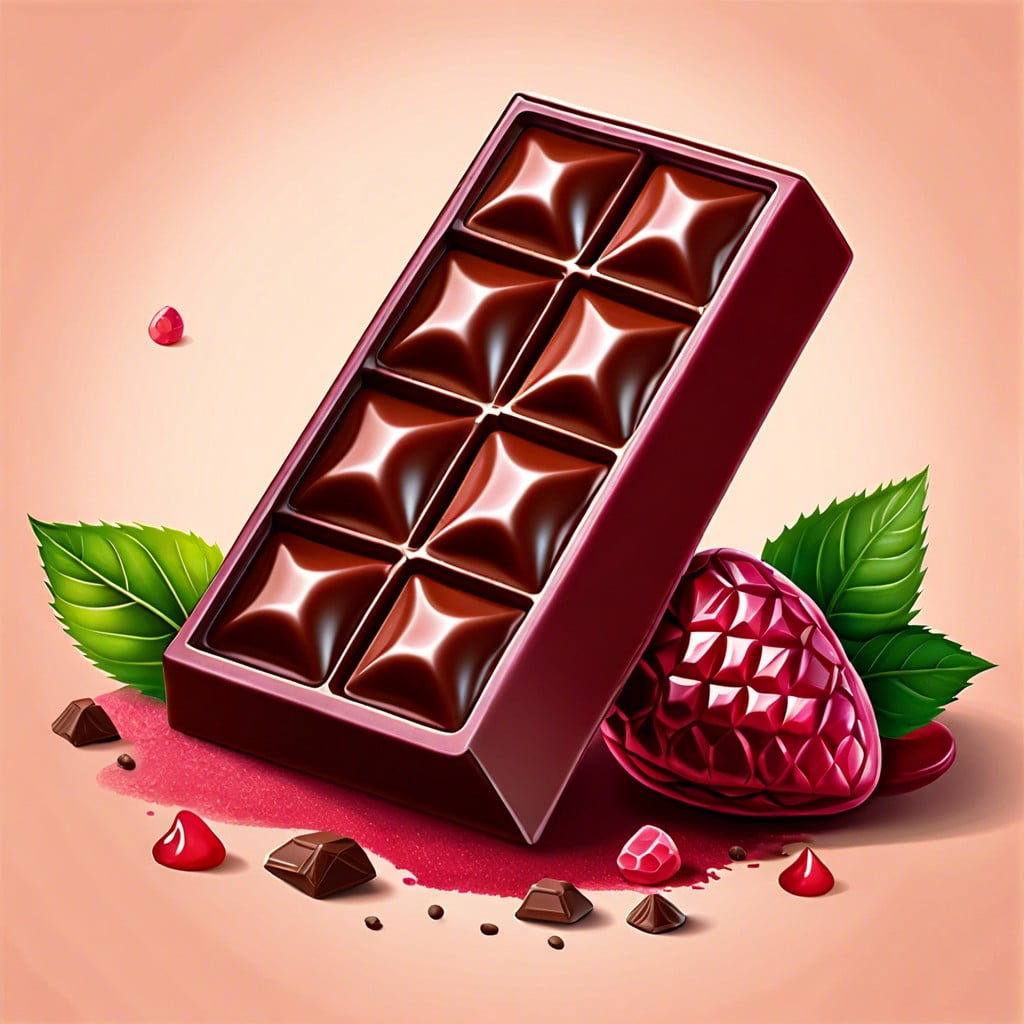
When diving into the symphony of flavors that is ruby chocolate, experts never seem to run out of descriptors. Renowned for its vivid red hue, ruby chocolate offers a taste that hovers sweetly somewhere between berry-fruity and subtly sour.
Chocolatiers note its pronounced berry-like flavor that arises not from added fruit flavors, but from the ruby cocoa bean itself. This unique taste has been likened to a blend of raspberry and rhubarb, coupled with the smooth luxuriousness typical of premium chocolates.
Of the many hats it wears, subtle isn’t one. Food critics often celebrate its vibrant burst of acidity which, unlike the darker or even milk chocolates, provides a refreshing twist. This lively profile makes ruby chocolate a standout among its chocolate peers and invites a polarizing spectrum of tastebuds to engage in debate.
Whether it’s praised for its innovative taste or critiqued for straying from the classic chocolate flavors, ruby chocolate continues to spark curiosity and delight one tasting at a time.
Comparison of Ruby Chocolate to Other Types of Chocolate
Ruby chocolate stands out in the chocolate family with its distinctive pink hue, a natural result of the ruby cocoa bean from which it is made. Unlike its older siblings, dark, milk, and white chocolate, ruby chocolate boasts a unique berry-like flavor with a slightly sour yet sweet finish, all without added berry flavors or colorants.
Dark chocolate, known for its robust cocoa flavor and bitter edge, often contains higher cocoa solids and less sugar compared to ruby chocolate. Milk chocolate, smoother and sweeter, incorporates milk powder or condensed milk. White chocolate, though lacking cocoa solids, is rich in cocoa butter, sugar, and milk, lending it a creamier texture and sweeter taste than ruby.
The fresh, fruity undertones of ruby chocolate provide a tart contrast to the creamy sweetness of milk chocolate and the intense richness of dark chocolate. This makes ruby chocolate a captivating option for those seeking a novel chocolate experience that deviates from the classic flavors.
Consumer Reaction and Market Reception
When ruby chocolate first hit the shelves, it quickly turned heads with its vibrant pink hue, leaving many consumers intrigued and eager to taste. Initially, reactions varied—some tasters were charmed by its fresh, berry-like flavor, noting its smooth texture and slightly sour notes that set it apart from the creamy familiarity of milk chocolate and the rich intensity of dark chocolate. Others were more skeptical, unsure how to place its unique taste in their chocolate hierarchy.
The market reaction mirrored this split. Enthusiasts heralded it as a revolutionary addition to the chocolate family, savoring its novel flavor at gourmet chocolate shops and high-end confectioneries. Meanwhile, conventional chocolate lovers took a bit more convincing. The vibrant marketing campaigns helped boost its visibility, emphasizing ruby chocolate as an Instagram-worthy treat for adventurous palates and younger demographics looking for the next big thing in sweets.
Sales data indicated a successful launch, particularly in regions open to culinary innovation like Europe and East Asia. The unique appeal of ruby chocolate, combined with effective marketing strategies, managed to carve out a niche market that continues to grow as more consumers decide to give this pink phenomenon a taste test.
Potential Applications and Future Trends in Ruby Chocolate
Imagine a world where your morning cereal gets a glamorous make-over with sprinkles of ruby chocolate, turning your typical breakfast into a trendsetting meal! This vibrant chocolate isn’t just eye-catching; its unique berry-like flavor makes it a fantastic candidate for a variety of culinary applications. Chefs around the globe are already experimenting with it in everything from luxury dessert bars to funky cocktail garnishes, proving that ruby chocolate might just be the pop star of the chocolate world.
Looking ahead, ruby chocolate holds promise for revolutionizing product lines in the confectionery industry. Its allure and novel taste profile offer a fresh twist, potentially leading to a new wave of chocolate-dedicated cafes and themed products, like ‘ruby mochas’ or ‘ruby chocolate fondue.’ As consumers continue to chase new and exciting food experiences, ruby chocolate could stand at the forefront, crafting its own sweet path in the chocolate legacy.
